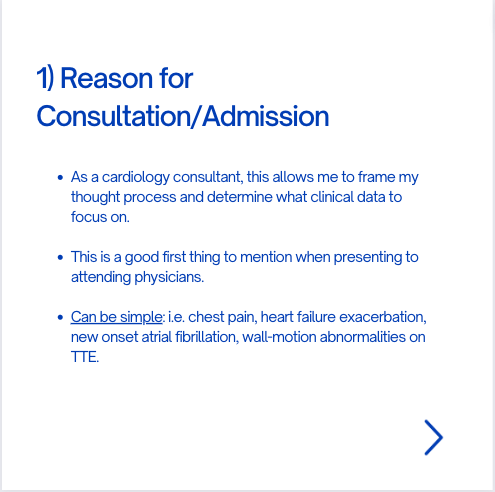One of the most important diagnostic tests in Cardiology to interpret is the EKG.
Here are my thoughts and notes. Will continue to this thread. Let me know what you think!
Thread #7: Ventricular Hypertrophy
#arjuncardiology #medtwitter #CardioTwitter #MedEd #IMG
Here are my thoughts and notes. Will continue to this thread. Let me know what you think!
Thread #7: Ventricular Hypertrophy
#arjuncardiology #medtwitter #CardioTwitter #MedEd #IMG
Atrial and Ventricular Enlargement:
- Both dilation & hypertrophy usually result in chronic pressure and volume overload on the heart muscle
- Pathological hypertrophy & dilation are often accompanied by fibrosis (scarring); can lead to arrhythmias and heart failure.
- Both dilation & hypertrophy usually result in chronic pressure and volume overload on the heart muscle
- Pathological hypertrophy & dilation are often accompanied by fibrosis (scarring); can lead to arrhythmias and heart failure.
Right Ventricular Hypertrophy:
- Right chest leads show tall R-waves
- R-wave > S-wave in V1 is suggestive; not diagnostic of RVH
- Can see right-axis deviation and T-wave inversions in the right & mid-precordial leads
- RV hypertrophy can lead to variations in repolarization
- Right chest leads show tall R-waves
- R-wave > S-wave in V1 is suggestive; not diagnostic of RVH
- Can see right-axis deviation and T-wave inversions in the right & mid-precordial leads
- RV hypertrophy can lead to variations in repolarization

Right Ventricular Hypertrophy:
- Factors: congenital heart diseases (pulmonary stenosis, ASD, tetralogy of Fallot, Eisenmenger's syndrome), lung disease (severe pulmonary hypertension)
- Can happen in patients with complete/incomplete RBBB pattern with RA deviation
- Factors: congenital heart diseases (pulmonary stenosis, ASD, tetralogy of Fallot, Eisenmenger's syndrome), lung disease (severe pulmonary hypertension)
- Can happen in patients with complete/incomplete RBBB pattern with RA deviation

Left Ventricular Hypertrophy (LVH):
- Normally, LV has a larger mass and is electrically dominant compared to RV
- 2 most important causes: systemic HTN & Aortic stenosis
- 3 major clinical conditions w/ LV overload: Aortic & Mitral Regurgitation, Dilated Cardiomyopathy
- Normally, LV has a larger mass and is electrically dominant compared to RV
- 2 most important causes: systemic HTN & Aortic stenosis
- 3 major clinical conditions w/ LV overload: Aortic & Mitral Regurgitation, Dilated Cardiomyopathy

LVH Criteria:
- S-wave in V1 & R-wave in V5/V6 ≥ 35-mm (high voltages can be common in athletic or thin, young adults)
- Cornell voltage: S-wave in V3 + R-wave in aVL > 28-mm in men and > 20-mm in women
- R-wave > 11-13 mm in aVL
- S-wave in V1 & R-wave in V5/V6 ≥ 35-mm (high voltages can be common in athletic or thin, young adults)
- Cornell voltage: S-wave in V3 + R-wave in aVL > 28-mm in men and > 20-mm in women
- R-wave > 11-13 mm in aVL

LVH:
- Strain pattern: ST-T wave changes with distinctively asymmetric appearance with slight ST-segment depression followed by broadly inverted T-wave
- Can see signs of left atrial abnormality (broad P-waves in extremity leads or wide biphasic P-waves)
- Strain pattern: ST-T wave changes with distinctively asymmetric appearance with slight ST-segment depression followed by broadly inverted T-wave
- Can see signs of left atrial abnormality (broad P-waves in extremity leads or wide biphasic P-waves)

Biventricular Hypertrophy:
- Present in some cases of severe dilated cardiomyopathy or rheumatic valvular disease
- Should get an ECHO to determine the presence of cardiac chamber enlargement
- Present in some cases of severe dilated cardiomyopathy or rheumatic valvular disease
- Should get an ECHO to determine the presence of cardiac chamber enlargement
Thanks for this website for amazing graphics!
litfl.com/right-ventricu…
litfl.com/left-ventricul…
Stay tuned for the next thread and let me know what you think!
litfl.com/right-ventricu…
litfl.com/left-ventricul…
Stay tuned for the next thread and let me know what you think!
• • •
Missing some Tweet in this thread? You can try to
force a refresh














